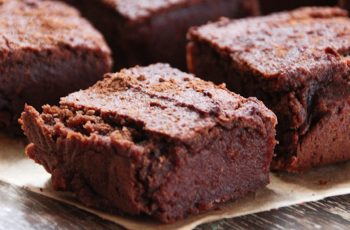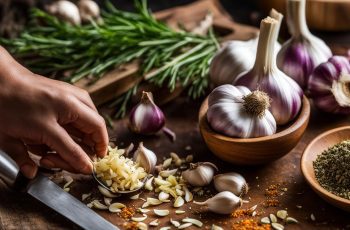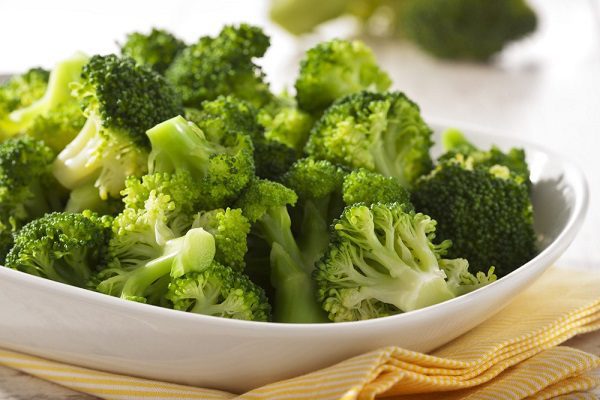
There are many ways to cook and serve vegetables, but we always have our trusty steamer. Steamed broccoli is a simple way of preparing the veggie that can be done quickly in just one pot with no sauce required! But if you don’t own one or misplaced it years ago as I did then here’s three different methods on how to steam broccoli without a steamer, so choose which works best based on what kind of pressure cooker/steamer baskets you already possess.
What is steaming?
Steaming is a cooking method that cooks food delicately and quickly, without losing any of the flavor or nutrients.
A great way to get your veggies crisp-tender (without turning them into shoe leather) while still retaining all their goodness!
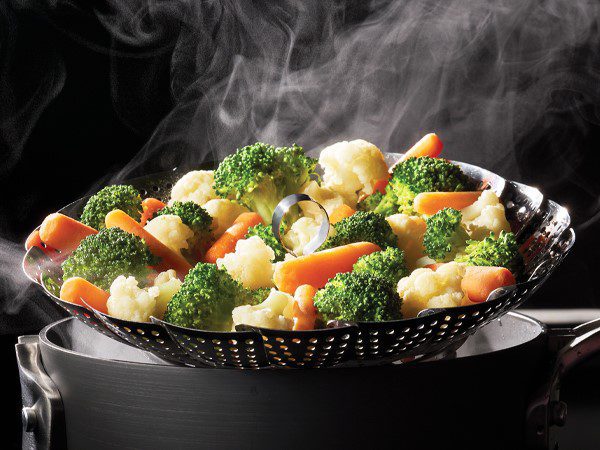
So why steam broccoli?
To get the most out of your steamed broccoli, be sure not to overcook it. It should still have some crunch and snap while being bright green in color with a fork-pierceable but not so soft or limp that you can’t enjoy its fresh flavor anymore! Since it’s like a blank canvas, steamed broccoli pairs well with all kinds of sauces and seasonings. It can be cooked healthy or not depending on how you cook it- but the real reason we love to steam our veggies is that they are so versatile! A small amount will have water boiling quickly in no time at all which cooks down your meal into something yummy without having any added fat from oils.
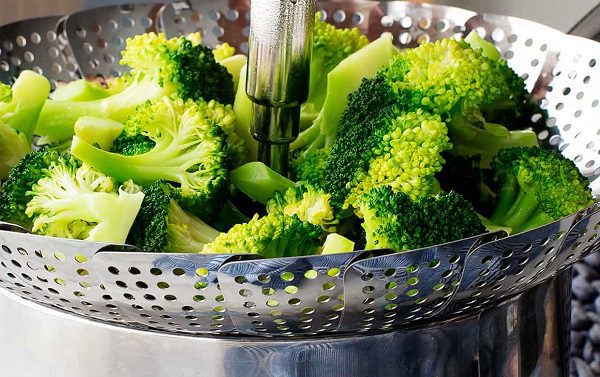
So now that you’re sold on steaming, here’s how to do it. (And no, you don’t need a steamer basket if you don’t already have one.)
How to steam broccoli without a steamer:
Stovetop Method
What you’ll need: A pot or skillet with a lid and a colander
With just a shallow layer of water in the pot, the broccoli won’t be fully submerged and therefore won’t get boiled. Using just a small amount of water also means that it will quickly convert to steam when introduced to heat; by placing the lid on the pot, you can trap the steam to quickly cook the broccoli.
Step 1: Wash the broccoli, then prep it by trimming the florets from the stalk and cutting the florets into bite-size pieces. (You can also peel the stalk, trim away the tough end and slice it into bite-size pieces if you’d like.)
Step 2: Fill the pot or skillet with about 1 inch of water and bring it to a boil over medium-high heat. When the water is boiling, place the broccoli florets in the pot and place the lid on the pot. Cook the broccoli until crisp-tender to your preference, about 5 minutes. (The exact time will depend on the size of the florets, so use the texture to determine doneness rather than the time.)
Step 3: Using a colander, drain the water from the broccoli. Season with salt and pepper and serve.
Microwave Method
What you’ll need: A microwave, a microwave-safe bowl, a microwave-safe plate large enough to cover the bowl, and a colander
Similar to the stovetop method, the microwave generates heat that turns the water into steam. The plate traps the steam inside the bowl, cooking the broccoli. Again, it’s important to check the doneness of the broccoli rather than relying solely on the cooking time, because different microwaves vary in strength.
Step 1: Wash the broccoli. Prepare the broccoli by trimming the florets from the stalk and cutting the florets into bite-size pieces. (You can also peel the stalk, trim away the tough end and slice it into bite-size pieces if you’d like.)
Step 2: Place the broccoli in the bowl and add about 1 inch of water. Place the plate on top of the bowl to cover it.
Step 3: Place the bowl in the microwave and microwave the broccoli for about 3 minutes, or until the broccoli is crisp-tender. Drain the water from the broccoli using the colander, then season with salt and pepper before serving.
Colander Method
What you’ll need: A large pot with a lid and a colander that fits inside it
A colander can act just like a steamer basket, as long as you have a pot large enough to fit it inside (and that has a lid). This method gets bonus points because you don’t even have to drain the broccoli when it’s done.
Step 1: Wash the broccoli. Prepare the broccoli by trimming the florets from the stalk and cutting the florets into bite-size pieces. (You can also peel the stalk, trim away the tough end and slice it into bite-size pieces if you’d like.)
Step 2: Place the colander inside the pot and add about 1 inch of water, or enough to fill the bottom of the pot without reaching the colander.
Step 3: Bring the water to a boil over medium-high heat. When the water is boiling, add the broccoli to the colander and cover the pot with the lid. Cook until the broccoli is crisp-tender, then remove from the heat and carefully remove the colander from the pot using pot holders or a dry towel. Season the broccoli with salt and pepper before serving.
No matter which steaming method you choose to cook your broccoli, the key is that it does not overcook. The best way of knowing when it’s cooked enough for our liking and tastes great in texture (use a fork) coloration with bright green hues: assess bite-size pieces; keep an eye on how much liquid there seems like after cooking as well as checking if they become tender or soft before trying any other methods such tasting one’s food!
Frequently Asked Questions (FAQs)
How can I steam without a steamer?
To begin, roll three sheets of aluminum foil into balls the size of baseballs. Add approximately an inch of water to the pot, then place them on the bottom. After that, put the plate on top of the foil balls and fill it with the food you want to steam. Put a tight-fitting lid on the pot and let the steam vent.
Is it better to boil or steam broccoli?
Some of the vitamins and minerals in broccoli are lost when it is boiled. Broccoli is softened without the addition of fat when veggies are steamed, which helps you consume the most nutrients while consuming the fewest calories possible without sacrificing flavor. Vegetables are more nutritious when steamed than when they are boiled.
Is it OK to microwave broccoli?
Absolutely. It's actually one of my favorite ways to prepare this veggie, and it's also the quickest and simplest. The broccoli comes out perfectly done, crisp-tender and bright green, as long as you don't overcook it.
Can you steam in the microwave?
The ideal approach to ensure that vegetables stay crisp, maintain their nutrients, and are ready to eat in no time is to steam them in the microwave! No matter what kind of vegetable you're steaming, this method works.

